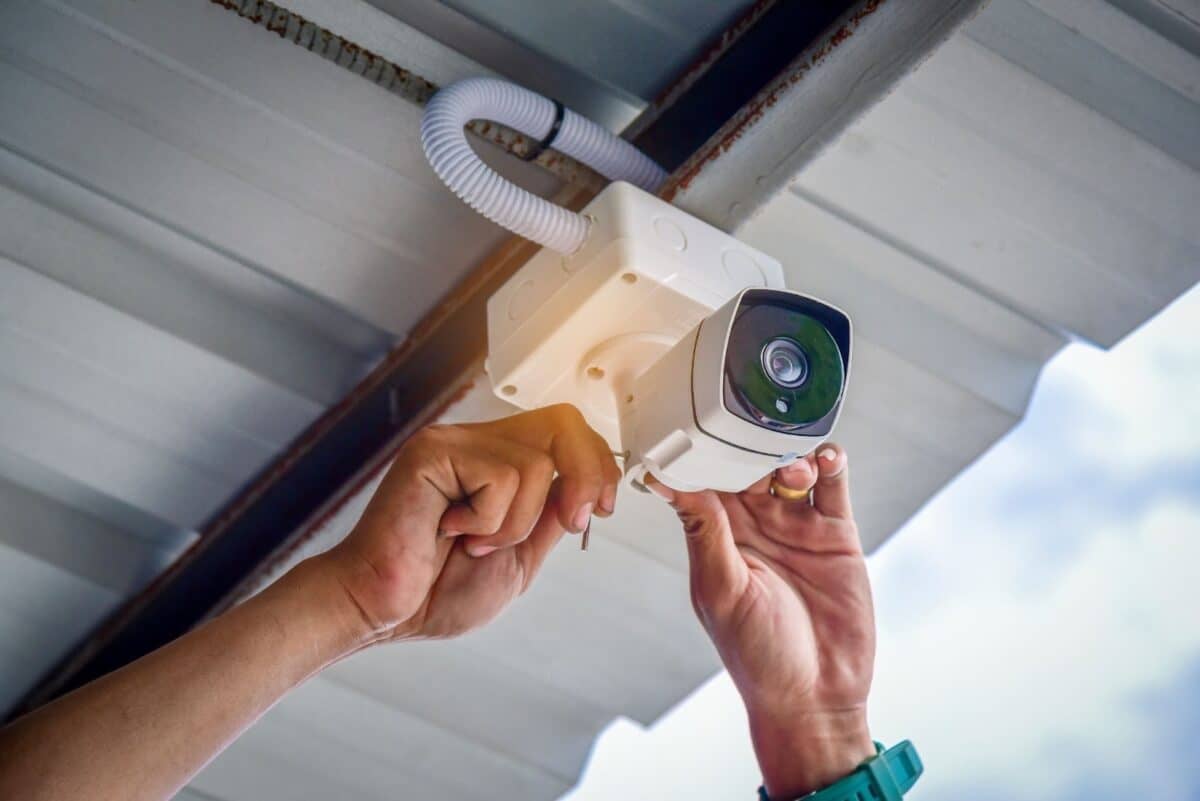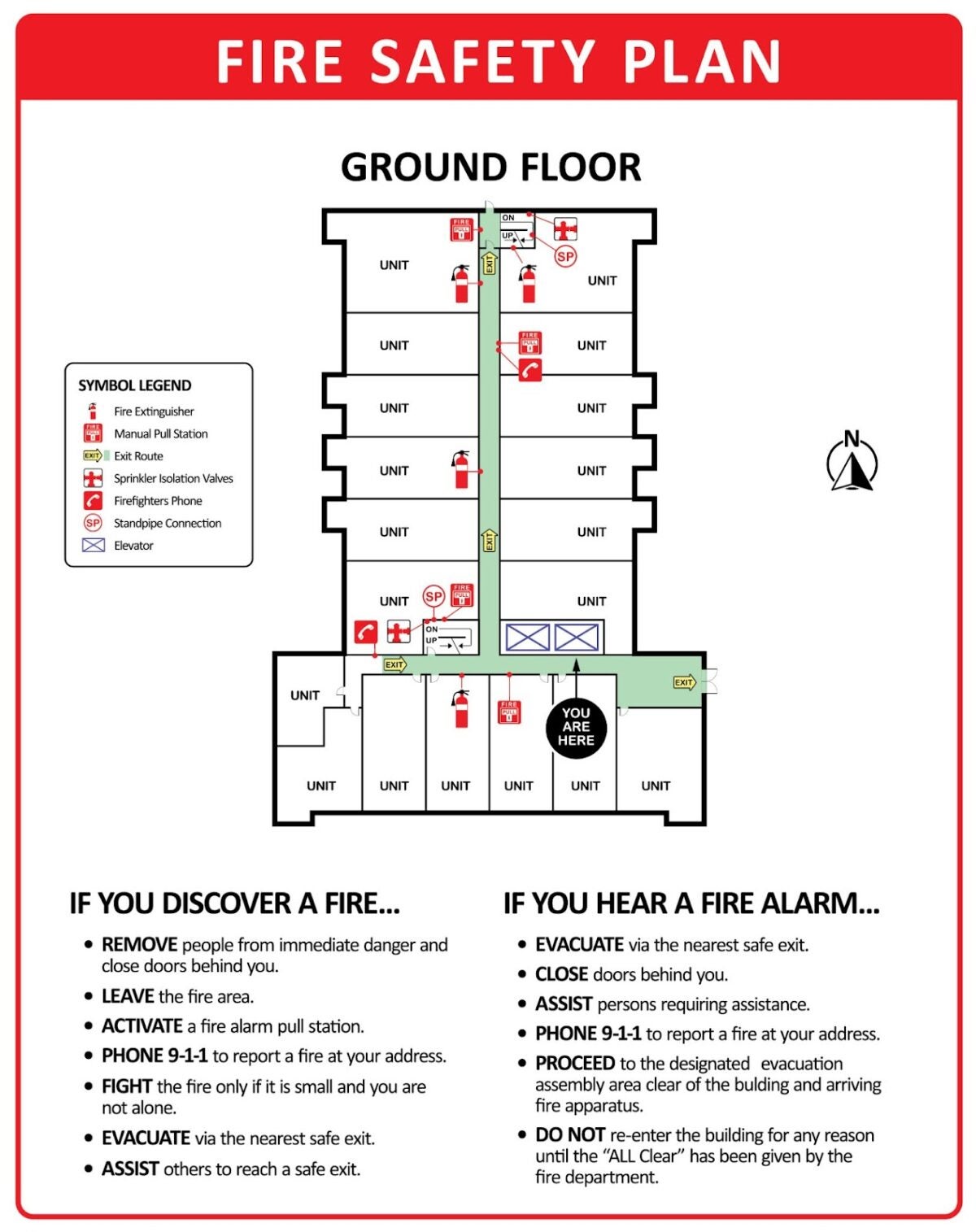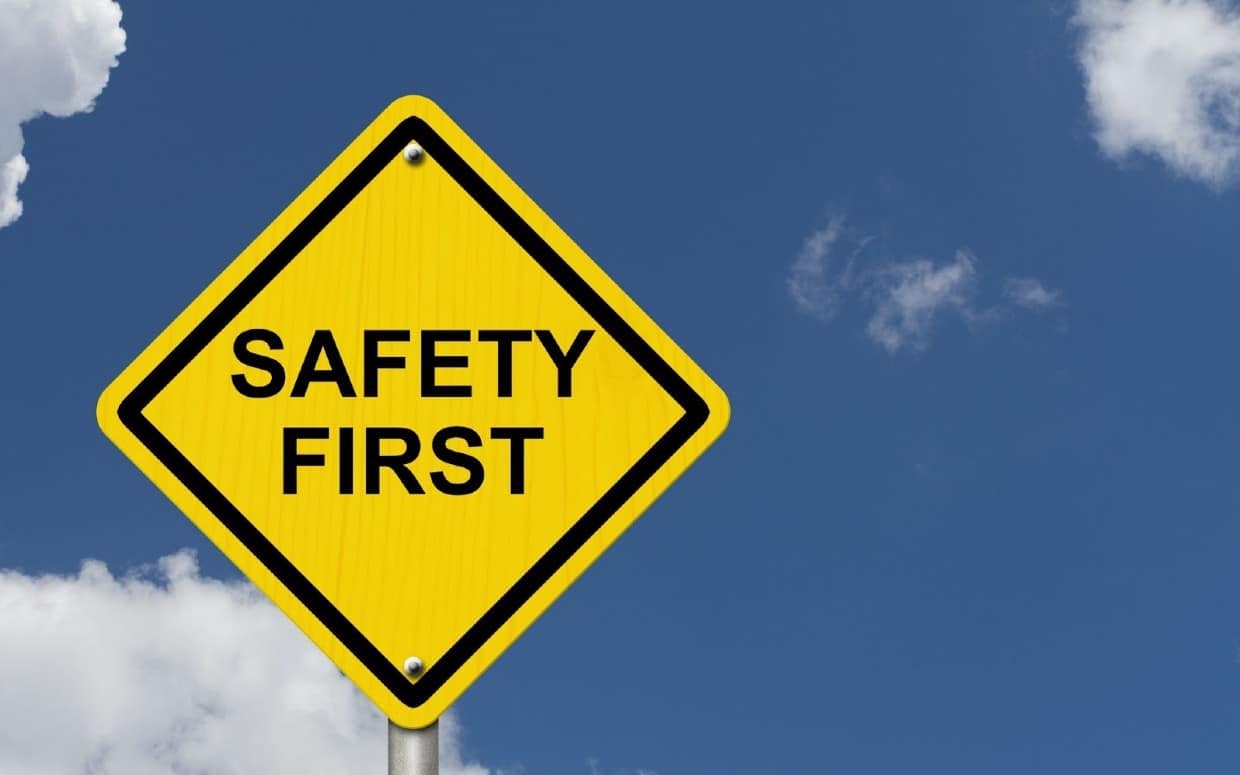Safety should always be an agent’s top priority in this world full of client meetings, property showings, and open houses. As real estate agents, safety isn’t just about guarding yourself and protecting your clients. So whether you’re unlocking doors to properties in the bustling cities of Florida or quiet towns in Alabama, remember all these practical tips to ensure realtor safety.
1. Pre-screen Prospective Clients

Before meeting with clients:
- Obtain and verify their full names, addresses, and contact information such as phone and email.
- Check their public social media accounts to see if they’re legit and how they behave online.
- Ask why they seek your services and see if they give a lot of details or if they’re vague.
You can do an informal online search for background information by looking up their name with keywords such as “arrest” and “felony.” Many public records are now available in online court databases, so you can check for criminal activity and see if they had any evictions or housing court cases. These don’t have to be deal-breakers, but they can give you an idea of who you’re working with.
Instead of meeting at the house, invite your clients to your office to review their pre-approval letter, must-haves, wants, and budget, and identify potential houses to show. Ask questions to gauge whether they’re serious about buying or selling a property, such as their timeline, why they’re buying or selling, how long they’ve been looking, and which other agents they have worked with.
🚩Red flag: If they refuse to meet you publicly or at your office, they may have ulterior motives or aren’t genuinely interested in real estate transactions. Remember, trust your instincts, and proceed with caution in such situations.
2. Share Your Location With Colleagues or Friends
According to the National Association of Realtors (NAR), 85% of Realtors have shown a property alone. However, if no one’s available to accompany you at a property showing or an open house, practice agent safety by ensuring someone knows your location at all times.
Inform a colleague, friend, or family member about your whereabouts when meeting clients or during showings. Share your location in real time using GPS-enabled technology or apps.
🚩Red flag: In areas with low cell signals, especially rural locations where connectivity may be unreliable, planning and taking additional precautions for your safety is essential. Consider bringing a colleague, friend, or family member along when visiting properties or conducting showings in remote areas. Having a buddy provides an extra layer of support and security.
3. Use Safety Apps

One of my top real estate agent safety tips is to take advantage of apps designed for agents. Real estate safety apps usually offer panic buttons, emergency alerts, and location tracking.
Here are some situations wherein safety apps come in handy:
- Meeting with new clients
- Working alone in remote locations or secluded properties (if you can get a signal)
- Hosting open houses and property showings
- Nighttime showings
- If you feel unsafe (trust your gut!)
🚩Red flag: Ensure your phone is readily accessible, preferably in your pocket, rather than buried in your purse or bag. In an emergency where you need to use a panic button on a safety app, having your phone quickly within reach allows for an intuitive response, potentially minimizing the time it takes to send an alert or call for help.
Did you know? Sixty-seven percent of Realtors use a smartphone safety app to track location and alert contacts in case of emergency. Some of the most commonly used Realtor safety mobile apps are the Find My iPhone feature, Android’s GPS Phone Track, SentriKey, HomeSnap Pro, and Forewarn.
11 Top Real Estate Safety Apps You Need to Know About
4. Schedule Daytime Showings

Schedule property showings during daylight hours as much as possible. Daytime appointments are much safer and offer better visibility compared to evening showings. Often, more people are around during the day who may notice cars coming and going from their neighborhood. If you encounter a neighbor, introduce yourself and give them your business card. That way, they know who you are and where to call if something happens.
🚩Red flag: Even if they have agreed to a daytime meeting, screen your clients, as bad things can still happen during the day. But if they refuse to meet you when the sun is out, this can indicate potential safety concerns. If their reason for needing an evening showing is work-related, this is where meeting them publicly or at your office will serve you. Ask where they work over the phone and see if you can find them in the company’s directory. You can even call and ask if they work there. You won’t likely get more information than that, but asking doesn’t hurt. Prioritize your safety by setting clear boundaries and insisting on safe meeting conditions.
5. Don’t Advertise a Listing as ‘Vacant’
Never advertise a house as “vacant” on listing websites or other marketing materials. Instead, opt for neutral language that does not explicitly disclose whether the property is occupied or vacant. Focus on highlighting the property’s features and amenities to attract genuine buyers or renters without compromising security. Also, use virtual home staging to make the home look lived in for your real estate photos.
🚩Red flag: By advertising a property as vacant, you can encourage intruders to break into the home, or someone with bad intentions may try to get you to show them the house, knowing that no one will be there.
6. Familiarize Yourself With the Property & Neighborhood
Thoroughly research the property and its surroundings before showings. Familiarize yourself with nearby establishments, amenities, and exits. Take note of potential hazards such as steep terrain, unstable structures, uneven flooring, obstructed pathways, or electrical issues. Ensure that exits like back or sliding glass doors are all functional and unlocked during your showing. Look for security features installed in the home, like alarm systems, deadbolts, and security cameras. Being well-informed about the property and its surroundings can help you effectively show the home and ensure a safe and successful experience.
🚩Red flag: Arriving at the home before a showing allows you to identify areas where you can get out in an emergency. If the prospective buyer is there when you arrive, that could be a red flag or simply an eager buyer. Ask them to wait in their car while you get things ready. Go inside alone and lock the door behind you while familiarizing yourself with the property.
Did you know? Twenty-two percent of Realtors have experienced a situation that made them fear for their safety or the safety of their personal information. (Source: NAR 2023 Member Safety Residential Report)
7. Limit Personal Information
Exercise caution when sharing personal information. I know it’s hard. As real estate agents, we love people and are very personable. However, avoid disclosing details about your personal life and schedule to minimize the risk of targeted attacks. Here are some steps to protect your personal information online:
- For real estate transactions, use a professional email address and office or Google Voice phone number instead of personal accounts.
- Adjust your privacy settings on social media to control the visibility of personal information.
- When creating listings or profiles on real estate websites, provide only the necessary contact information. Avoid sharing sensitive info such as your home address or personal photos.
- Use pseudonyms or initials rather than full names on online platforms or directories where the public can access personal information. Doing so reduces the risk of identity theft.
🚩Red flag: Real estate agents who publicly share personal information online may become targets of harassment, stalking, real estate scams, or unwanted solicitations. Exposing personal details also increases the risk of identity theft, privacy breaches, or fraud.
8. Don’t Wear Expensive Jewelry

Instead of wearing flashy jewelry, opt for accessories with built-in safety features such as smartwatches from Apple, Samsung, or Fitbit—allowing you to send messages to your emergency contacts with your GPS location. Dress professionally and modestly to minimize the risk of becoming a target for robbery or assault.
🚩Red flag: Flashy jewelry can attract thieves’ attention, making agents more susceptible to assault or, worse, violent crimes. Agents should avoid wearing extravagant accessories when working in unfamiliar places. Wear comfortable shoes and clothing if you need to make a quick getaway.
9. Park Your Car in a Well-lit Area
When meeting clients, park your car in well-lit areas with good visibility. Also, park on the street instead of the driveway to prevent someone from blocking your vehicle if you need to leave quickly.
🚩Red flag: If they block your vehicle, it could hinder your ability to escape quickly in an emergency or if you feel uncomfortable during the showing. This situation could leave you feeling trapped or vulnerable. Parking your car in the driveway instead of on the street may also isolate you from neighbors or passersby who can provide assistance or intervene in the event of suspicious activity.
10. Require a Valid Photo ID at Open Houses
Aside from pre-screening your clients, as mentioned above, make it a point to require valid IDs during open houses and showings. Always verify the identities of those you’re meeting with to enhance real estate agent safety. Requesting a valid identification not only helps confirm the identity of potential clients but can also obstruct people with malicious intentions.
On the other hand, if you don’t want to inconvenience clients, here are some alternatives to requiring valid identification during property showings or open houses:
- Ask attendees to pre-register for the open house or showing. Pre-registration allows agents to gather basic information and screen potential participants beforehand.
- Use an open house sign-in sheet to capture complete details. A bonus is that you can add them to your client relationship management software (CRM).
- Host appointment-only showings to control the number of people entering the property. By doing this, agents can ensure that only legitimate clients are present.
- Offer a virtual tour of the property instead of an in-person showing. A virtual tour reduces the need for physical attendance and minimizes security risks.
🚩Red flag: Some agents allow guests to roam the house freely during open houses. While you want to give them freedom, showing the house is better. Should there be theft or property damage, it may be challenging to identify the responsible party or take appropriate action without seeing them or verifying your clients’ identities before the showing or open house.
11. Always Let the Client Walk in Front of You

During property showings or house tours, allow your clients to walk ahead of you while you follow behind them. This position lets you maintain visual contact and a safe distance in unexpected situations. By positioning yourself slightly behind, you’ll be able to observe your client’s responses to the property while also monitoring their movements.
🚩Red flag: When you let someone walk behind you, they can approach you from behind without your knowledge and catch you off-guard. Walking behind them also gives a little freedom to explore without rushing them.
12. Install Cloud-based Security Cameras

Consider installing cloud-based security cameras in strategic locations around the property before showings or open houses. Surveillance cameras can deter potential criminals and provide evidence in case of theft. These cameras feature remote monitoring capabilities, allowing real estate agents to monitor the property even when they are not physically present. Additionally, cloud-based storage ensures that footage is secure and accessible from anywhere with an internet connection.
🚩Red flag: Some surveillance cameras will always have blind spots. To enhance security and minimize risks, you can restrict access to areas with blind spots during open houses, increase lighting in specific locations, and strategically place mirrors to monitor certain spaces indirectly.
13. Keep Calm & Stay Alert
Always stay calm and maintain awareness during all client interactions and property showings. Most people are legitimately trying to buy or sell a house and are harmless. However, a level head enables you to think clearly and respond effectively in a crisis. Here are some tips to help you stay alert and calm:
- Preparation is always essential. Following these tips ahead of your meetings, you’ll instinctively respond instead of react.
- Trust your instincts. If you arrive at a property and something doesn’t feel right, it probably isn’t. It’s OK to leave or drive around the block and phone someone to come with you.
- Meditation, self-defense, and personal safety courses can teach you how to respond to a crisis.
- Pay attention to your breath. Breathe naturally or take a few deep, calming breaths.
🚩Red flag: If you’re feeling threatened, prioritize your safety by attempting to de-escalate the situation, seeking refuge in a secure location, and contacting emergency services immediately.
Did you know? Thirty-eight percent of Realtors reported that they have participated in a self-defense class. (Source: NAR 2023 Member Safety Residential Report)
14. Have an Emergency Plan
Not all realtor safety tips involve an attack from a person. The dangers could be weather-related, property hazards, or uncontrollable pets. Prepare an emergency response plan for different scenarios, including hostile encounters, medical emergencies, animal attacks, or acts of nature.
Pro tip: As an agent, you should know the location of nearby emergency services, learn basic first aid procedures, and keep emergency supplies (e.g., first aid kits, flashlights, water) near you. To protect yourself and your clients from animal attacks, ask the homeowners to take their pets with them or ensure they’re contained away from areas to be shown.

🚩Red flag: Without clear guidance and safety protocols, panic and confusion may ensue during emergencies, leading to ineffective responses and extended exposure to danger. Attack dogs usually give warning signs, such as showing their teeth, growling, crouching, and raising the hair on their backs. Gently back away, don’t make eye contact, and firmly tell the dog, “No.” Research shows that 71% of Realtors have personal safety protocols that they follow with every client.
15. Educate Your Clients & Fellow Agents
Ensuring realtor safety is critical to becoming a successful real estate agent. Teach your clients and fellow agents about safety tips for Realtors and best practices during open houses and property showings. Tell homeowners to secure valuables and remove personal information from non-secure areas such as display cabinets.
🚩Red flag: If a security incident (e.g., theft or physical harm) occurs due to inadequate safety education, your clients may hold you liable for negligence. You may also face legal complaints from clients who feel their safety was compromised due to your oversight.
FAQs: Realtor Safety
What are some hazards of being a real estate agent?
While real estate agents don’t encounter inherent physical hazards like other high-risk professions, safety risks are still associated with the job. Being a Realtor has the potential for property and driving hazards, as you’ll often visit unfamiliar properties. There will also be safety concerns since meeting strangers is a part of your routine. If you’re a new agent, I suggest taking NAR’s Realtor Safety course.
Is being a real estate agent a safe job?
This career may look luxurious, but working as a real estate agent has some potential dangers and risks like encountering suspicious people, getting injured on a property, or in a motor vehicle accident since agents spend a lot of time on the road. Despite the risks, real estate agents successfully manage their careers safely by implementing preventative measures and adhering to safety protocols. It can also be a gratifying career.
When showing a client around a property, how should you proceed?
To practice real estate agent safety, always remember to keep your client in front of you when showing a property. Never make yourself vulnerable by turning your back on a client.
Bringing It All Together
Follow these safety tips for real estate agents to mitigate risks while on the job. Always remember safety is non-negotiable. Do you have more realtor safety tips you can share with us? Leave us a comment!











Add comment